Aconcagua, 7 days
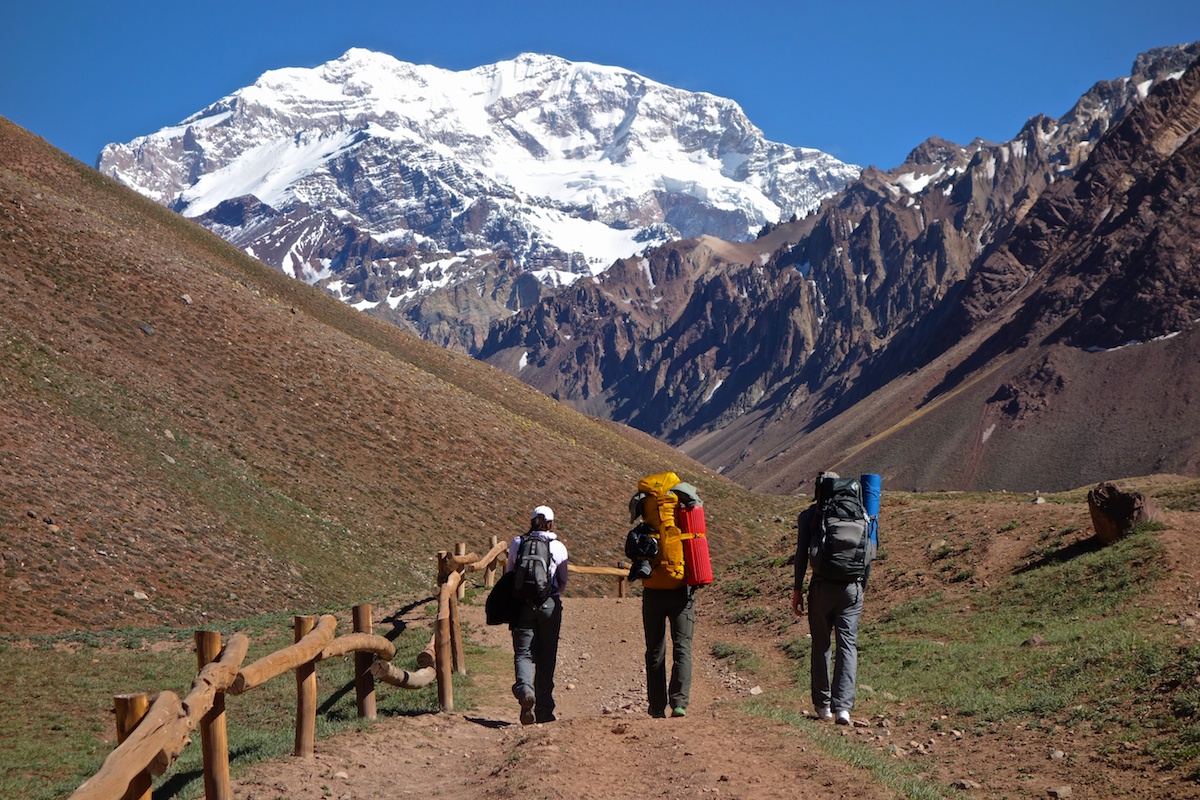
| Height (m) | 6957 |
|---|---|
| Duration | 7 days |
| Difficulty | Moderate |
This is the shortest Aconcagua ascent program which is suitable only for those who have ascended above 5,500 the day before. Usually, this program is used as a supplement to Ojos del Salado ascent or volcanoes of Ecuador ascent. Sometimes this program is combined with Kilimanjaro ascent, which is especially successful if the program included an overnight stay in the crater of Kilimanjaro. According our experience “Aconcagua in 7 days” program can be made even shorter by using a helicopter. Thus, it is possible to keep within 3-4 days instead of the usual seven.
You may also like…
-
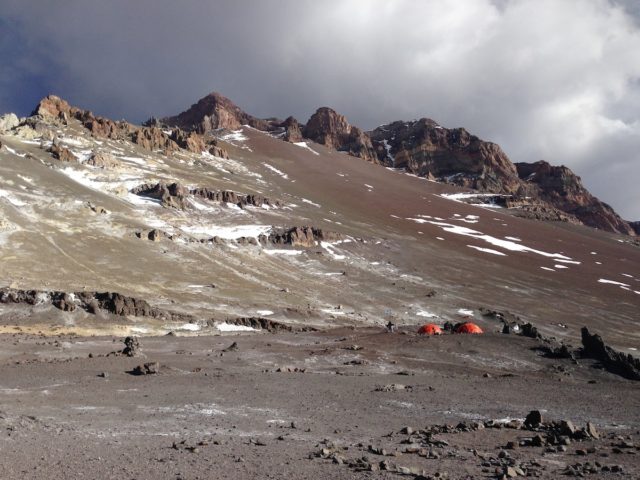
Aconcagua, 12 days
$1.00Height (m) 6957
Duration 12 days
Difficulty Moderate
-
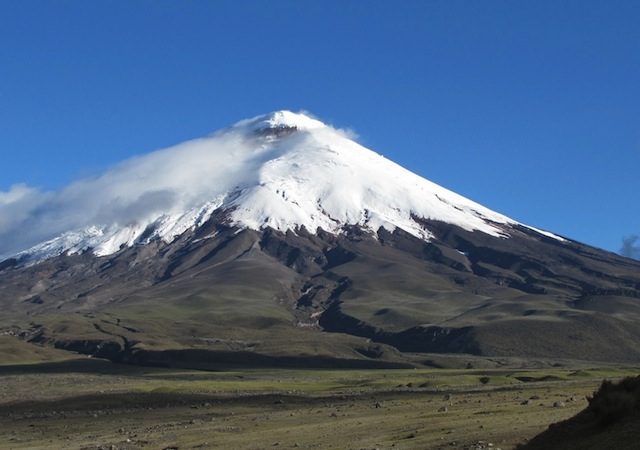
Chimborazo and Cotopaxi
Temporarily unavailable
Height (m) 5897, 6384
Duration 11 days
Difficulty Moderate
-
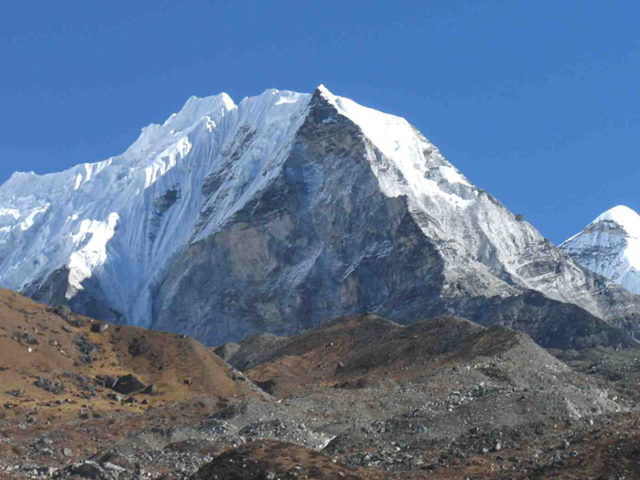
Climb Island peak
Temporarily unavailable
Height (m) 6165
Duration 19 days
Difficulty Moderate
-
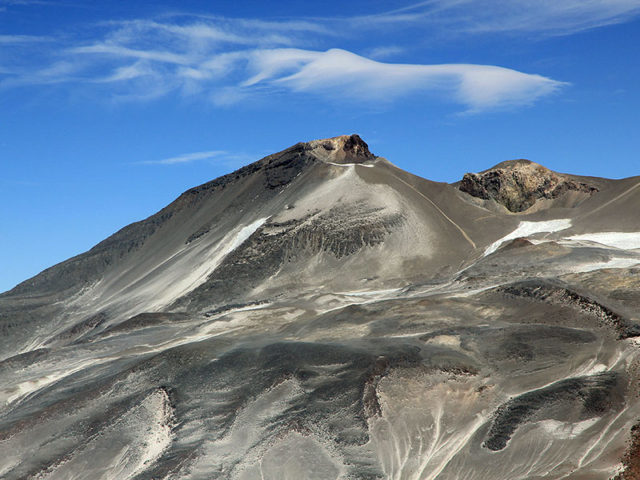
Ojos del Salado
$1.00Height (m) 6893
Duration 17 days
Difficulty Moderate
